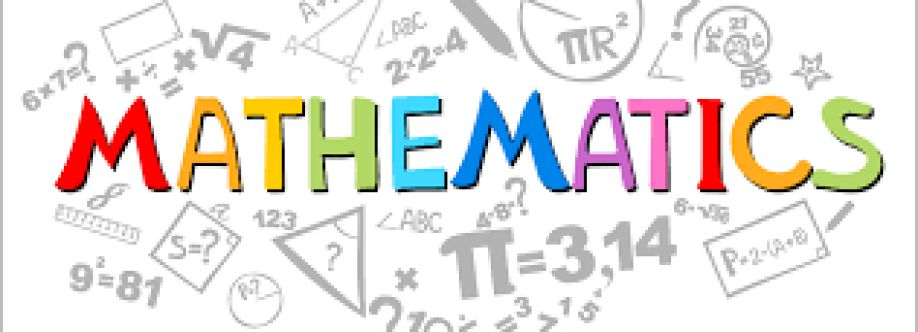Unleash Your Inner Mathematician: 20 Formulas and Calculations for All Levels".
Pythagorean Theorem: a^2 + b^2 = c^2. This formula can be used to find the length of the hypotenuse of a right triangle when the lengths of the other two sides are known.
Quadratic Formula: x = (-b ± √(b^2 - 4ac)) / 2a. This formula can be used to solve quadratic equations of the form ax^2 + bx + c = 0.
Fibonacci Sequence: 0, 1, 1, 2, 3, 5, 8, 13, 21, 34, 55, 89, 144, 233, 377, 610, 987, 1597, 2584, 4181, 6765, 10946, 17711, 28657, 46368... The Fibonacci sequence is a series of numbers in which each number is the sum of the two preceding numbers.
Euler's Formula: e^(ix) = cos(x) + i sin(x). This formula is used in complex analysis and relates the exponential function to the trigonometric functions.
The Golden Ratio: φ = (1 + √5) / 2. The golden ratio is a mathematical constant that appears in many natural and man-made objects and has been used in art and architecture for centuries.
Area of a circle: A = πr^2. This formula can be used to calculate the area of a circle when the radius is known.
Mean, Median, and Mode: These are basic measures of central tendency used in statistics. The mean is the average of a set of numbers, the median is the middle number in a set of numbers, and the mode is the number that appears most frequently in a set of numbers.
Probability: Probability is the measure of the likelihood that an event will occur. It is calculated by dividing the number of favorable outcomes by the total number of possible outcomes.
Permutations and Combinations: These are methods for counting the number of ways to arrange or choose items from a set. Permutations are ordered arrangements, while combinations are unordered.
Calculus: Calculus is a branch of mathematics that deals with the study of rates of change and accumulation. It includes concepts such as derivatives, integrals, and limits, and is used in fields such as physics, engineering, and economics.
Binomial Theorem: (a+b)^n = Σ(nCr) * a^(n-r) * b^r. This formula is used to expand a binomial expression to any positive integer power.
Factorials: n! = n*(n-1)(n-2)...32*1. Factorials are used to calculate the number of ways to arrange a set of items in a specific order.
Logarithms: Logarithms are used to find the exponent to which a base must be raised to produce a given number. The formula is written as log base a of b = c, where a^c = b.
The Fundamental Theorem of Algebra: This theorem states that every non-constant polynomial has at least one complex root.
The Law of Sines: sin(A)/a = sin(/b = sin(C)/c. This formula can be used to find the length of sides or angles in a triangle when some information about the triangle is known.
The Law of Cosines: c^2 = a^2 + b^2 - 2abcos(C). This formula can be used to find the length of a side or angle in a triangle when two sides and the included angle are known.
The Normal Distribution: This is a probability distribution that is often used in statistics to model continuous data. It has a bell-shaped curve and is characterized by its mean and standard deviation.
Vectors: Vectors are quantities that have both magnitude and direction. They can be represented graphically as arrows and are used in many areas of physics and engineering.
The Binomial Distribution: This is a probability distribution that is used to model the number of successes in a fixed number of independent trials.
The Law of Large Numbers: This law states that as the number of trials or observations increases, the average value will approach the expected value. It is used in probability theory to explain the relationship between the frequency of an event and its probability.
In conclusion, mathematics is a fascinating subject with a vast array of formulas and calculations that can be applied to a variety of real-world situations. Whether you are a student just starting out or an experienced mathematician, there is always something new to learn and explore.



Amir isa
Delete Comment
Are you sure that you want to delete this comment ?
Amir isa
Delete Comment
Are you sure that you want to delete this comment ?